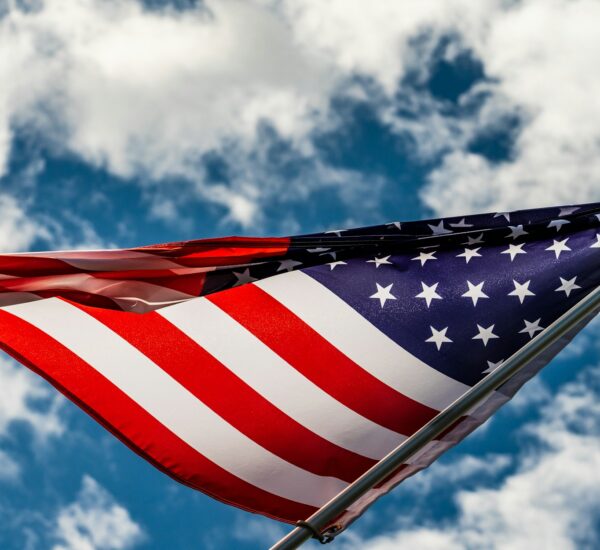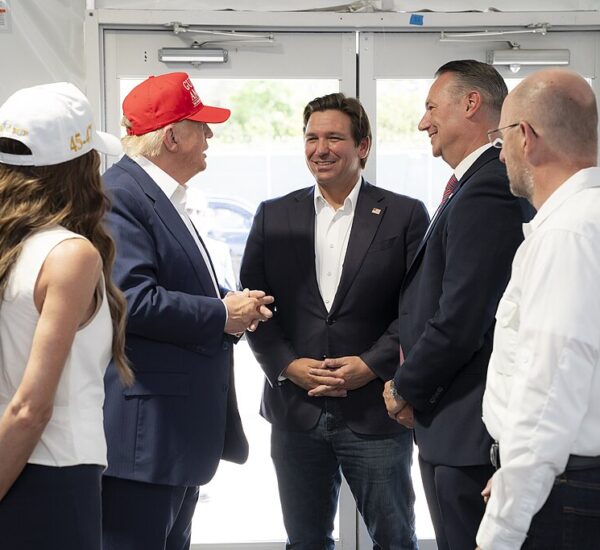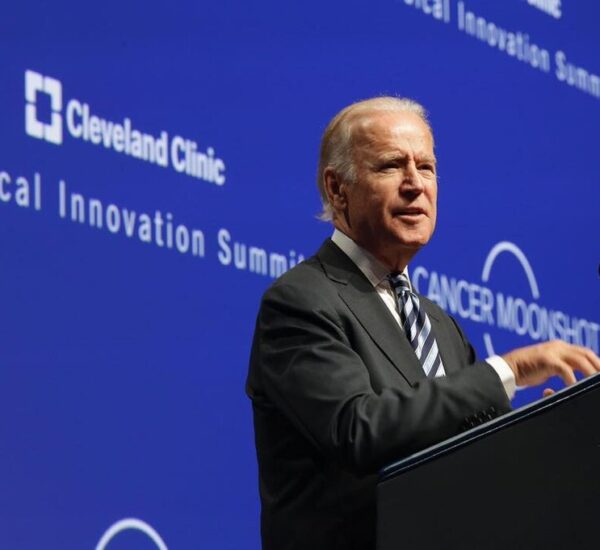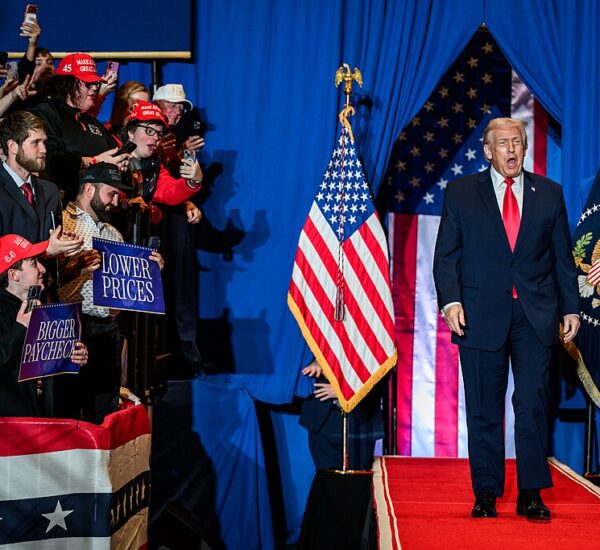Trump Takes Over California
In a decisive move this past weekend, President Donald Trump issued an executive order directing federal agencies to override California’s water policies, citing serious concerns about the state’s ability to handle the ongoing wildfires in the Los Angeles region. The order emphasized the federal government’s responsibility to ensure Southern California receives adequate water resources to combat these catastrophic fires and future natural disasters.
The President’s order specifically called out the inadequate water infrastructure, including dry hydrants and empty reservoirs, which left firefighters unable to effectively battle the blazes. Trump’s action underscored that it is in the national interest to ensure California’s access to the necessary water resources to prevent such disasters. In his order, Trump affirmed that the U.S. government would take immediate steps to override local policies that hinder efforts to maximize water deliveries to the region.
This executive order followed Trump’s recent remarks during his visit to Los Angeles, where he insisted that federal assistance for wildfires should be tied to voter ID mandates and the release of more water from Northern California. The President has long argued that state officials in California could have alleviated the crisis by increasing water flow from the northern part of the state, a point he emphasized once again in this order. He called on Governor Gavin Newsom to resign earlier this month, accusing him of neglecting to sign a declaration that would have allowed millions of gallons of water to flow into the areas ravaged by fires.
Critics of Trump’s order, including Newsom’s office, quickly rejected these claims, labeling them as “fiction.” They argued that water shortages and firefighting challenges were more complex than Trump suggested. Experts point out that while California does face water supply challenges, they are not as simplistic as Trump describes, particularly when it comes to wildfire suppression.
Nevertheless, Trump’s executive order points to California’s bureaucratic resistance as a major obstacle to resolving these issues. It mandates that the Bureau of Reclamation take action to ensure state agencies, including the California Department of Water Resources, do not hinder federal efforts to improve water access for the state’s most vulnerable communities. The order specifically calls for steps to maximize water delivery to high-need areas, ensuring that resources are allocated in a way that directly benefits the communities in danger.
In response, opponents of Trump’s approach have criticized him for targeting California’s water management practices, accusing him of attempting to score political points rather than addressing the real issues. They argue that California’s water crisis is a result of complex environmental factors, not simply political mismanagement.
However, for many Republicans, Trump’s executive order serves as a clear call for accountability in California’s government. By asserting federal authority over water policies, the President is sending a message that California’s current approach is not sufficient to protect its citizens from future disasters, and that the federal government must step in when state policies fail. The ongoing debate over water management and wildfire response will likely continue to be a focal point as the state grapples with both environmental and political challenges.






